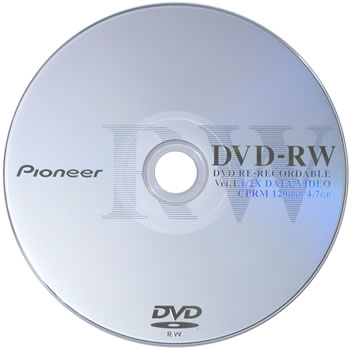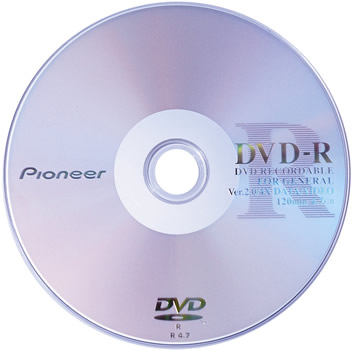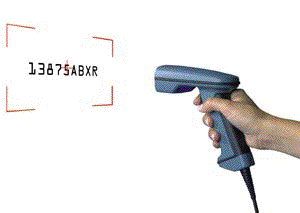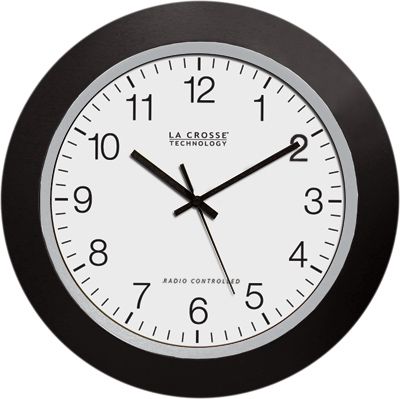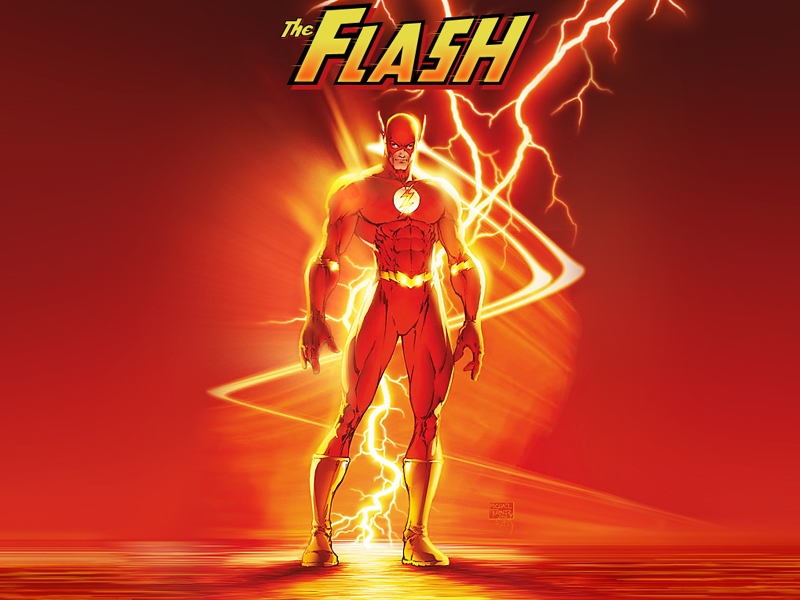Terms #6
Terms #6
Spam. Named after a kind of canned meat, spam refers to junk e-mail or irrelevant posting to newsgroup or bulletin board. It is a violation of "netiquette"!
WAN. Wide Area Network. WANs are not limited to a single location. Many span long distances via telephone lines, fiber-optic cables, or satellite links. They can also be composed of smaller LANs that are interconnected.
Buffer. Contains data that is stored for a short amount of time, typically in the computers memory. Holds data right before it is used. Fro example when you download an audio or video file from eh internet, it ma load the first 20 percene of into a buffer and then begin to play. While the clip plays back, the computer continually downloads the rest of the clip and stores it in the buggers. Because the clip is being played from the buffer, not directly from internet, there is less of a chance that the audio or video will stall or skpi when there is network congfestion. Several other ways too. Hard drives buffer for more efficient data access.
Driver. A small file that helps the computer communicates with a certain hardware device. Contains information the computer needs to recognize and control a device. PCs=dynamic link library, or .dll file. Macs=most hardware devices don’t need drivers. It’s a form of a system extension.
Linux. Unix-based operating system cerated by Linus Torvalds. He freely distributed his OS, hich helped it gain popularity. Today, lunix is used by hindreds of thousands of people aruodnd thw world/ Very customizable and yoc an actually add yoru own code to the operating system. Cheaper to set u[ and maintain than Windowsbased systems.
Queue. List of jobs that are aqaitning to be processed. When a job is sent to a queue, it is simply added to the list of jobs.Computere programs often work qith queue as a way to order takss. Common queue is the printing queue. Jobs added to a list and printed in the order they are received.
Unix. The unix operating system was first created in Bell Labs way back nit eh 1960s. It became popular in the 1970s for high-level computing, btu not on the consumer level. Since a lot of internet services were originally hosted on Unix machines, the platform gained tremendous popularity in the 1990s. (and Networking).
Worm. A type of computer virus. Computer worms tunnel throught your computer’s memory and hard drive. Type of virus that replicates itself, but does not alter any fiels on your machine. It will take cpu’s memory, hard drive space, etc. Hard to detect because they are typically invisible files. They can replicate themselves and travel between systems without any action from the user. Anti-virus software and updates will help inhibit them.
Zip. A zip file (.zip) is a “zipped” or compressed file. “Zipping” a file involves compressing one or more items into a smaller archive. Takes up less hard drive space and takes less time to transfer to another computer. WinZip, WinRAR, Stuffit etc are popular programs for extracting zipped files. Download.com or cnet.com has a plethora of free programs.
DOS. Disk Operating System. DOS was the first OS used by IBM-compatible computers. It was originally available intwo versions. PC-DOS (IBM) or MS-DOS (Microsoft). Uses command line, or text-based interface, that allows the user to type commands. By typing simple instruction the suer can browse the files on the ard drivfe, open files, and run programs. Windows 95, 98 ran on DOS based technology. Windows 2000, XP, Vist , NT








_on_Bochs_sshot20040912.png)




